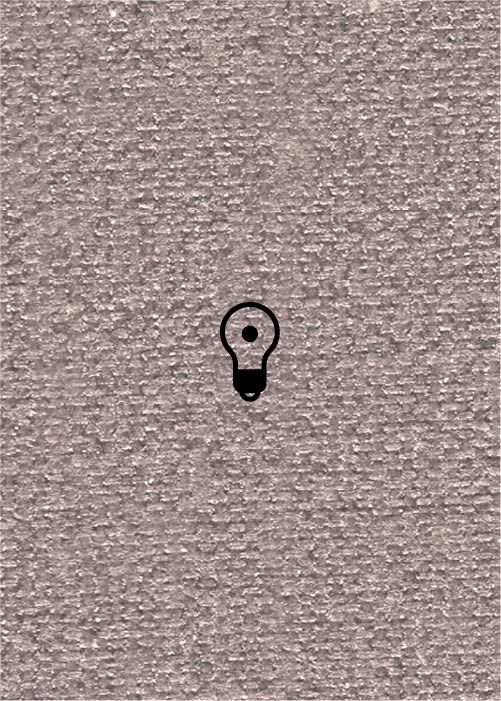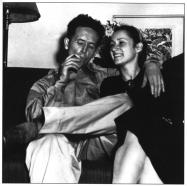(1783 results found)

Tants nign (LKT)
… notation and recording references included). “The dance-song is a collective folk-expression which derived from the need to sing for the dance and to dance for the song. The social dances that have no accompanying song emerged in the modern era. The dance-song was preserved …

Zhok (LKT)
… popular Saturday afternoon dance movement produced new folk songs and dances.” EncyJud 1971, p. 1267 . “The …

Hora (LKT)
… popular Saturday afternoon dance movement produced new folk songs and dances.” EncyJud 1971, p. 1267 . “The …

Gas-nign (LKT)
… to [ klezmer A.] Segal’s expression -- ‘gas-nign’ (street song). These songs accompanied the traditional procession to the house of … and two on melody. A gasn nign is literally a ‘street song’; it’s a tune played to accompany wedding processions.” …
Woody Guthrie's Hanukkah Songs
… Hanukkah has generated a substantial repertoire of songs, some of which have attained an almost universal … contemporary literary and musical taste has engendered new songs. These new songs about Hanukkah represent the individual reflections by …

Freylekhs (LKT)
… accompanied by singing... The possibility that such songs (e.g., frejlaxs ) were sung in other Ukrainian … celebration when [one was] angry... perhaps... freylekhs -songs are the product of dance improvisation...” Levinson … sung to a variety of tunes, as a zemerl (religious folk song).” Schlesinger, Alpert, Rubin 1989 . ( Recording …

Fun der khupe (LKT)
… 1964 . ( Musical notation included). “Old women sing this song when they dance opposite the groom with the bride, …

Tsu der khupe (LKT)
… ‘livchot et ha-kalah’ [ kale baveynen ]. Processional song in the entrance of the bride with the in-laws, processional song for the leading of the groom to the wedding canopy, …

Kale bazetsen (LKT)
… sung to a variety of tunes, as a zemerl (religious folk song).” Schlesinger, Alpert, Rubin 1989 . ( …

Bazetsens (LKT)
… by the badchon who, in grotesque rhymes and a peculiar singsong, exhorts the bride, reminding her of the solemnity of … 1848]. Wengeroff 1913, I, pp. 178-81 . “The [ badkhn’s ] song was in verses of good German and sung with musical accompaniment... The melody to this song sounded... gloomy.” [Brest Litovsk, Poland, 1850]. …



